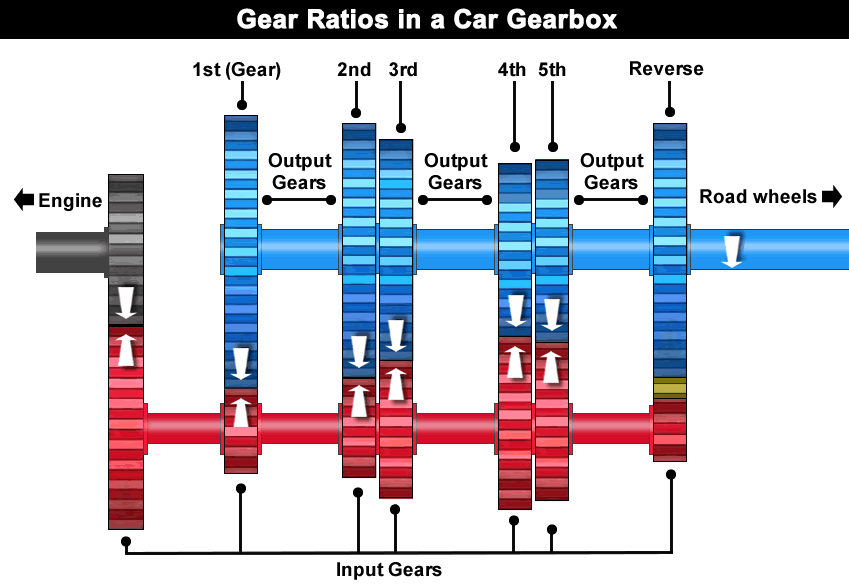Unravelling the Mechanics: How Gear Ratios Drive Our World
Introduction
In the intricate dance of machinery, gear ratios are the unsung heroes that translate power and motion. From bicycles to complex industrial machinery, gear ratios play a pivotal role in determining speed, torque, and efficiency. This article will delve into the fascinating world of gear ratios, uncovering their inner workings and exploring their applications across various domains.
The Basics: Understanding Gears
Before we dive into the complexities of gear ratios, let’s acquaint ourselves with the fundamental component: gears. Gears are toothed wheels that mesh together, transferring rotational motion from one part of a machine to another. They come in various shapes and sizes, ranging from the tiny cogs in a wristwatch to the colossal gears propelling a cargo ship.
The Art of Ratios
At its essence, a gear ratio is a numerical representation of the relationship between the number of teeth on two meshing gears. This ratio governs the speed and torque characteristics of a mechanical system.
Speed and Torque: The Yin and Yang
Gear ratios are akin to a seesaw, balancing speed and torque. A high gear ratio, achieved with a larger driving gear and a smaller driven gear, amplifies torque while reducing speed. Conversely, a low gear ratio, with a smaller driving gear and a larger driven gear, does the opposite: it boosts speed but diminishes torque.
Gear Ratios in Action
- Bicycles: Perhaps the most familiar example is the bicycle. When you shift to a higher gear, the chain moves from a smaller gear on the pedal (the driving gear) to a larger gear on the wheel (the driven gear). This increases the speed but requires more effort. Conversely, shifting to a lower gear makes pedaling easier but reduces the speed.
- Automobile Transmissions: In a car, the gearbox is a marvel of gear ratios. Lower gears provide the strength to move the vehicle from a standstill, while higher gears allow for efficient cruising at higher speeds.
- Clocks and Watches: In horology, gear ratios are the heartbeat of precision. Intricate arrangements of gears ensure that the seconds hand ticks in harmony with the oscillations of a balance wheel.
The Mechanical Advantage
Gear ratios offer a mechanical advantage, allowing us to adapt machines to perform optimally in various situations. This adaptability is particularly critical in scenarios where a balance between speed and force is required.
Efficiency and Losses
While gear ratios enhance the performance of machines, they are not without their drawbacks. Friction and meshing losses can sap a portion of the energy transferred between gears, necessitating periodic maintenance and lubrication.
Beyond Mechanics: Gear Ratios in Everyday Life
Gear ratios are not confined to the realm of machinery; they influence our lives in surprising ways:
1. Culinary World: Ever marveled at the efficiency of a hand-cranked coffee grinder? Gear ratios in kitchen appliances ensure precision and control in food preparation.
2. Musical Instruments: From pianos to guitars, gear ratios determine the tension and pitch of strings, allowing musicians to produce harmonious melodies.
3. Camera Lenses: In photography, gear ratios in lens focusing mechanisms enable precise control over depth of field, enhancing the artistry of visual storytelling.
Conclusion: The Power of Ratios
In the grand tapestry of engineering, gear ratios are the threads that weave together motion and force. From ancient water wheels to the most advanced spacecraft, they remain indispensable, shaping the way we navigate and interact with the world. So, the next time you pedal your bicycle or capture a perfect shot with your camera, remember to tip your hat to the unsung heroes: the gear ratios that silently drive our endeavours forward.













